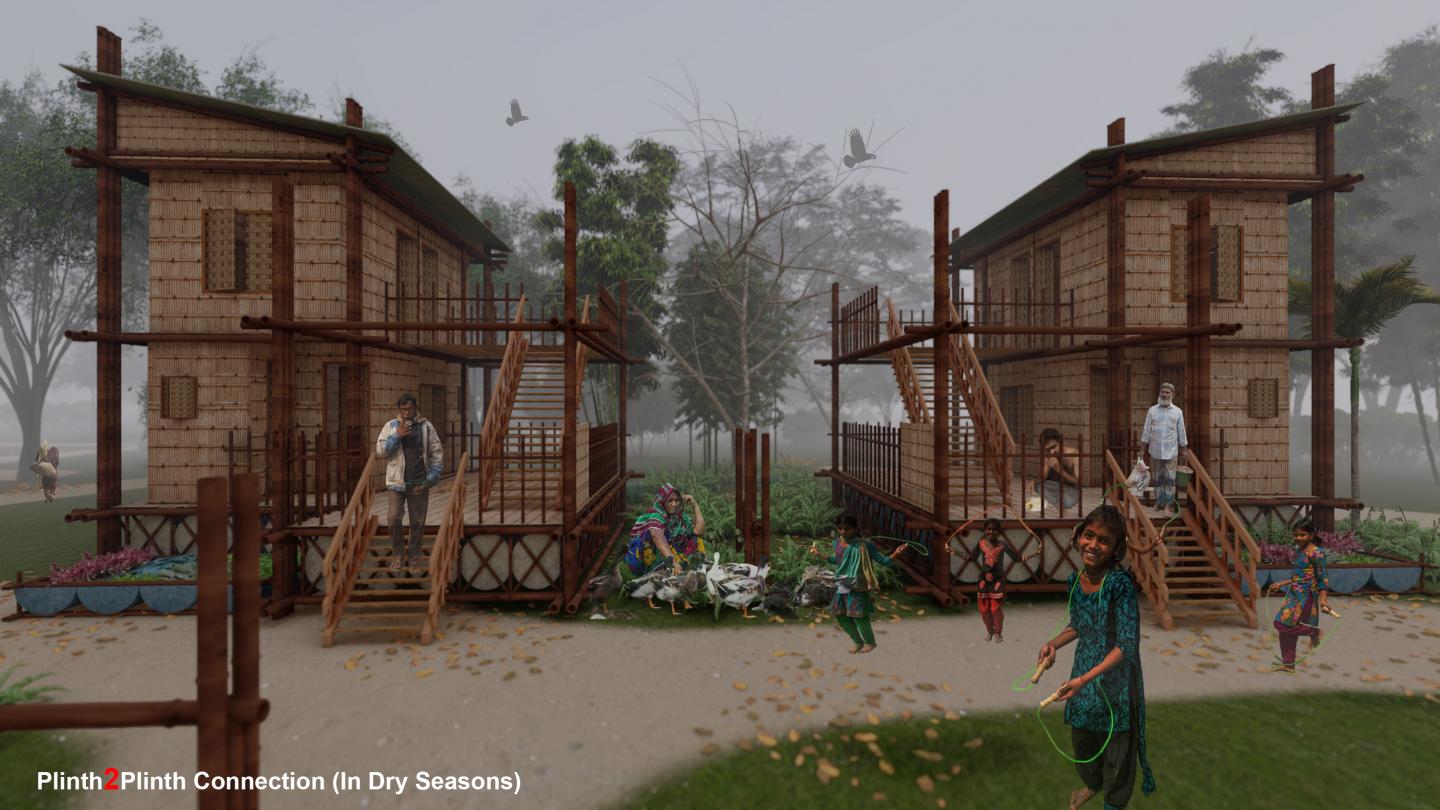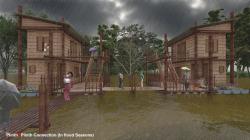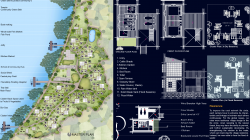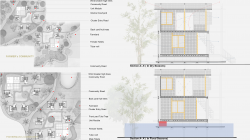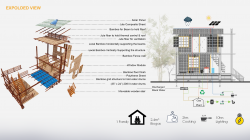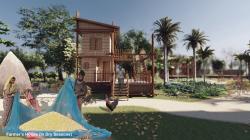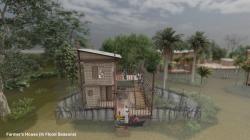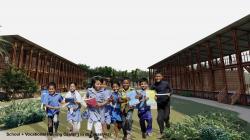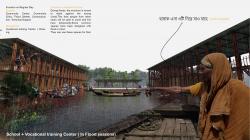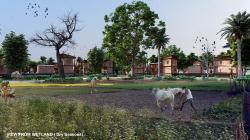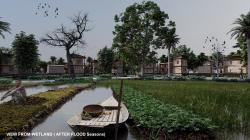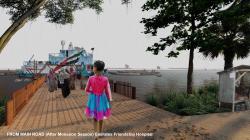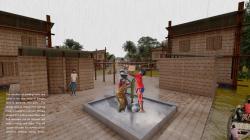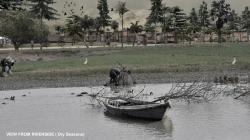“People can live in poverty, but they can’t live without hope and aspiration”
Introduction:
Bangladesh is the largest delta in the world (also known as the Ganges delta). It has more than 700 rivers crisscrossing all around the entire landscape. A greater part of Bangladesh goes under flood water every year; the villages are the most vulnerable with informal human settlements. The project is for the underprivileged people of the char region, whose design faces the challenge of rising sea levels and the use of bamboo as a local material and increasingly using it as a sustainable solution for future architecture. It is located on a site that has been submerged in eight meters of rainwater for about a third of the year. The built environment as the habitat for humans exposed to natural hazards poses greater challenges day by day with the increased population. The project is an attempt to address the daily lived reality of flood-affected communities through architectural intervention. It is realized that the settlement planning and design can eventually enhance overall community resilience by bolstering social capital, economic security as well as the relationship between humans and nature. The project hence explores amphibian architectural notions through a balanced utilization of local materials as well as experiences ultimately to propose a harmonious co-existence of humans on the lands with water. Floating houses, floating garden, floating platforms to enable easy movement during flood etc. are at the core of these propositions, that, if properly planned beforehand, can enable a successful adaptive dwelling during flood.
The main method of design was to create a courtyard-based settlement, with each unit having a yard in front of it, as well as a separate yard connected by a shared yard. The original forms of the housing units were kept as unchanged as possible, only changed according to the use of the residents there. For example, the size of the backyard of a farmer's community is completely different from that of a fishing community. Since there is water in the yard during the flood, an open space is designed in front of the second floor of the house which is called "macha" in the local language. They will be able to use this place throughout the year especially during floods. In case of severe floods, flood victims in other chars will be able to take shelter in community buildings, schools or training centers without relocating their houses. Marketplaces are designed to connect people in communities in the most appropriate places.
At this project I want to present traditional and the cheapest building materials Bamboo as a solution for an innovative design of resilience community. I want to propose a possibility in creating flexible, sustainable and wonderful public space and let people deal with natural disasters with the assistance of the nature. By means of a low-cost, environmental-friendly, sustainable and citizen-participate method, I establish a system which satisfies demands of public life space in normal time, mutual assistance connection in disaster time and quickly recover after a disaster.
Ecological Infrastructure:
This site is in the middle of a rive, a wide range of green forest cover protection is required. Since the site is in the middle of the river, it is proposed to afforest the forest. This will reduce the intensity of flood and storm to a major level. Besides, forest actively contributes to restoring land to the shore, thereby curing land subsidence.
The design is anchored to the site during monsoon season, and while the bamboo is naturally waterproof. Most of the joints use a rope-tie technique, rather than steel wire, which would corrode, and construction was mostly carried out using hand tools.
2020
2020
Site area: 8.0 Acre
Materials used:
-Jute Composite Sheet
-(35” x 24”) 208 lit. water drums
-Jute fiber for ventilation
-Polythene Sheet
-Local Bamboo (Valka, Tolla)
Sustainability:
-Use natural building material construction.
- Bamboo fences wall have been used (which are easily available). It is inexpensive and environmentally friendly, as well as has thermal insulation properties.
-The dependence on natural light.
More sunlight
Connection to nature
Energy consumption
-Using a solar panel
Design by: Saiful Islam
Department of Architecture, State University of Bangladesh
Tutor(s):
-Ar. Sajid Bin Doza,
-Ar. Sultana Zakia Rahman,
-Ar. Syeda Rafsana Hossain,
-Ar. Tanveer Ahamed Bin Ali Naser.
Favorited 2 times
